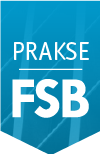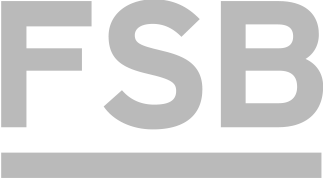International Exchange
Course details
Student Mobility > Programmes and Courses > Courses in English > Course detailsInjection Mould Design
- Teaching: Completely taught in English
- ECTS: 4
- Level: Graduate
- Semester: Summer
- Prerequisites:
- None
- Load:
Lectures Exercises Laboratory exercises Project laboratory Physical education excercises Field exercises Seminar Design exercises Practicum 30 0 15 0 0 0 0 0 - Course objectives:
- Familiarize the students with tasks related to mould design. Product technical check. Systemic approach to mould design. Modern computer tools for mould design. Partial product cost calculation.
- Student responsibilities:
- Grading and evaluation of student work over the course of instruction and at a final exam:
- Seminar paper and its presentation
- Methods of monitoring quality that ensure acquisition of exit competences:
- Recording of attending lectures and active participation of students in discussions during lectures. Continuous monitoring of consultations during seminar preparation.
- Upon successful completion of the course, students will be able to (learning outcomes):
- After sucessful lecturing student will be able to: -evaluate a mould for injection moulding of polymers as a system -estimate design solutions for each partial mould function -rheological, mechanical and thermal mould evaluatuion - design a simple mould for injection moulding -select aproriate materials for mould manufacturing -generate appropriate technical documentation of mould
- Lectures
- 1. Introduction to mould design.
- 2. Systemic approach to mould design.
- 3. Technical check of the product.
- 4. Influence of material and processing parameters on mould design.
- 5. Standard forms.
- 6. Decision diagrams.
- 7. Determination of part location in the mould.
- 8. Mechanical calculation of injection mould.
- 9. Rheological calculation of injection mould.
- 10. Thermal calculation of injection mould.
- 11. Mould temperature control system.
- 12. Guiding and centering system.
- 13. Special mould elements.
- 14. 3D modeling programs.
- 15. Partial product cost calculation.
- Exercises
- 1. Product development.
- 2. Basics of mould cavity simulations.
- 3. Mould cavity filling simulation.
- 4. Requirements on the product.
- 5. Mould design for chosen example.
- 6. Orientation of the moulding.
- 7. Form selection.
- 8. Mechanical calculation of injection mould.
- 9. Rheological calculation of injection mould.
- 10. Thermal calculation of injection mould.
- 11. Mould temperature control system.
- 12. Guiding and centering system.
- 13. Special mould elements.
- 14. Final mould design for chosen example.
- 15. Partial product cost calculation.
- Compulsory literature:
- I. Čatić: Izmjena topline u kalupima za injekcijsko prešanje polimera, DPIG, Zagreb, 1985.
M. Nadj: Polimerni materijali, konstrukcija i prerada, Multigraf, Zagreb, 1991.
G. Menges, P. Mohren: Spritzgiess-Werkzeuge, Carl Hanser Verlag, Muenchen, 1998.
D. Godec: Doprinos sustavnosnom razvoju kalupa za injekcijsko prešanje plastomera, Magistarski rad, FSB, 2000. - Recommended literature:






